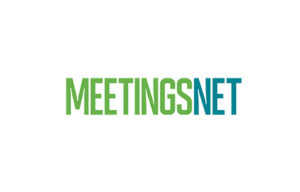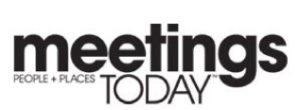The organization’s duty of care is a legal duty with consequences. Meeting stakeholders and planners can be held personally liable for failure to meet their professional responsibility in areas such as:
- Conducting proper due diligence when sourcing a location and venue
- Informing attendees of potential threats
- Providing attendees with critical emergency procedures such as evacuation routes, exits strategies, medical, security and law enforcement contacts





